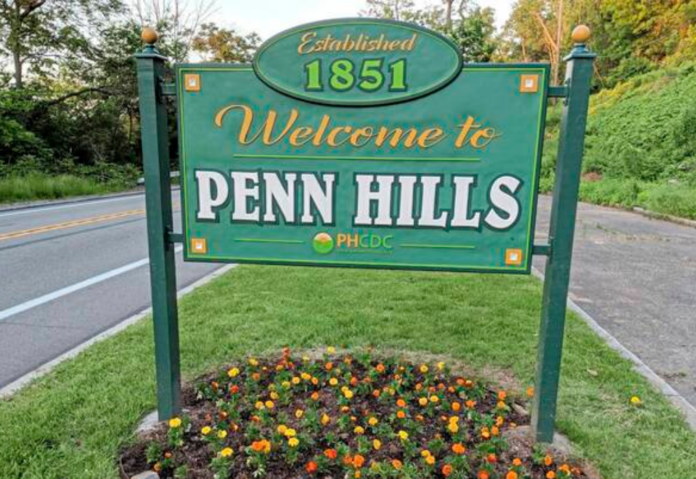By
Willie Stargell joined the Pittsburgh Pirates in 1962, 15 years after Jackie Robinson broke major league baseball’s color barrier. Six years later, Stargell bought a modest ranch house on Doak Street in Penn Hills. His choice was no accident. Since the 1920s, the western part of Penn Hills has been a preferred destination for Pittsburgh’s Black middle class.
In the last century, Black Pittsburghers beat a path eastward, from the Hill District, through Homewood and into Penn Hills. “It was a pretty decent community with, you know, Black affluent people,” said Aaron Tipton, a Black man in his late 50s who grew up (and still lives) in Lincoln Park, a Penn Hills subdivision that abuts the Pittsburgh city line. Black business owners, doctors, tradespeople and athletes settled there. Attracted by single-family homes with yards, clean air and less crowding, these new suburbanites transformed a mostly white, rural township. Their stories are indelibly etched into the municipality’s history.
Black people comprised 9% of the population in Penn Hills in 1930; in 2020, they accounted for 41%. The municipality offered middle-class Black homebuyers an opportunity to live the suburban dream: a home with a yard, lots of fresh air and a pathway to building intergenerational wealth. Penn Hills is Pittsburgh’s counterpart to well-known Black suburbs outside of Washington, D.C., Atlanta, Dallas and Cleveland.




































